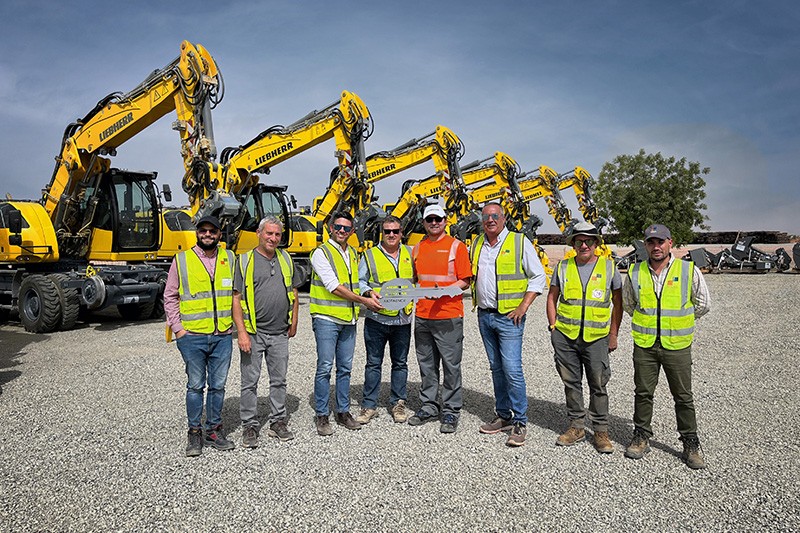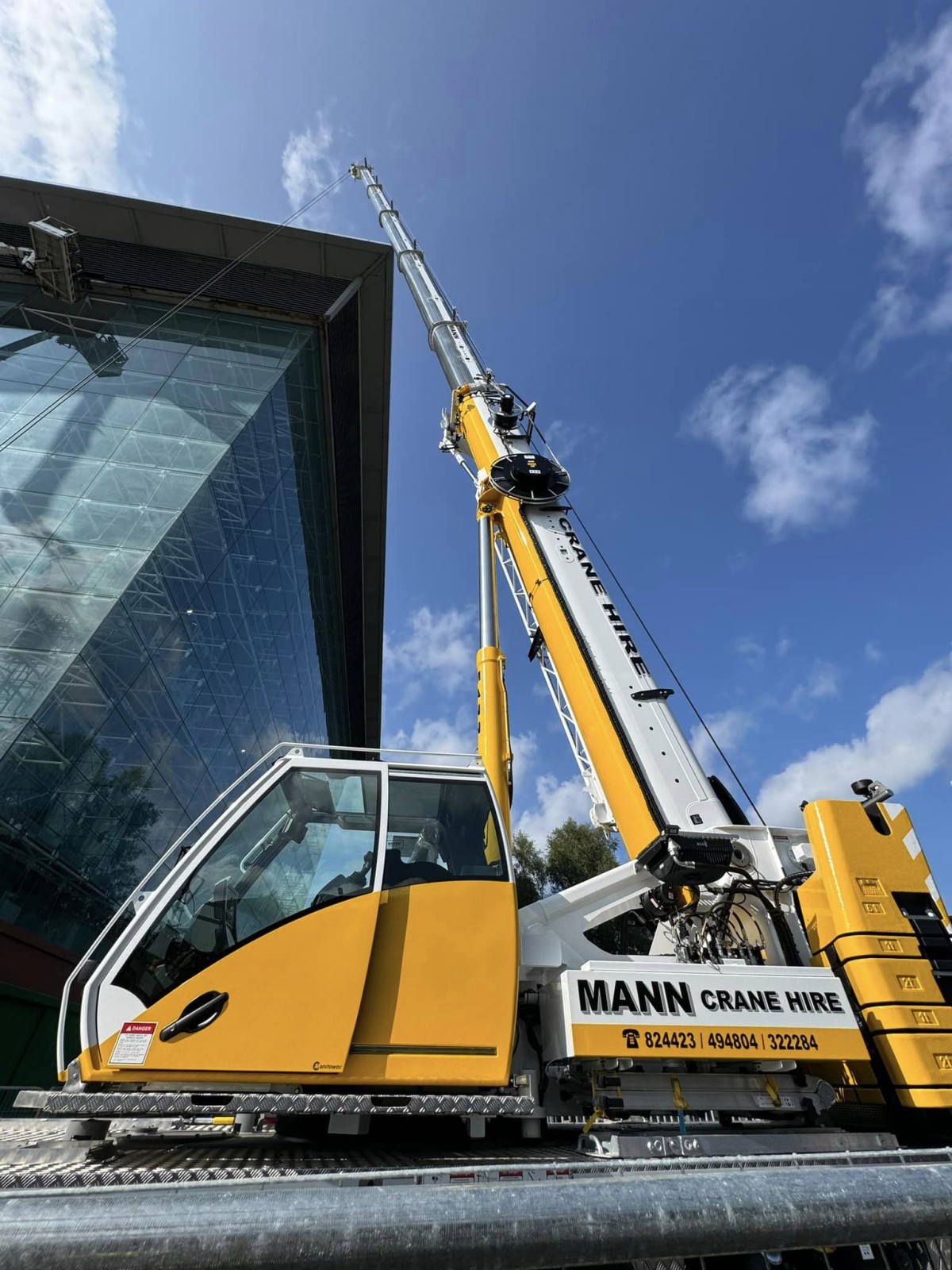Home \ International \ How to maximise boom chain life in telehandlers
How to maximise boom chain life in telehandlers
17/03/2017
Pubblicato da Redazione

FB Chain managing director Peter Church discusses how incorrect lubrication and over-tensioning can lead to a reduction in boom chain life in telehandlers, and why investing in a chain wear gauge can
FB Chain managing director Peter Church discusses how incorrect lubrication and over-tensioning can lead to a reduction in boom chain life in telehandlers, and why investing in a chain wear gauge can aid early wear detection.
Ensuring your boom chain is in good health is of utmost importance to telehandler owners. Proactive maintenance not only guarantees safe operation; it hugely reduces the chances of unscheduled downtime and improves total cost of ownership. When it comes to chain wear, incorrect lubrication is one of the primary reasons for reduced chain life. Friction corrosion, turned pins, metallic friction, stiff joints and noisy operation are all signs that something’s amiss with your lubrication method. This is usually due to either the use of an unsuitable lubricant or improper application.
Peter Church, managing director of FB Chain, the UK and Ireland’s leading manufacturer and supplier of industrial chain, explains that there are some common pitfalls when it comes to choosing the right product. “What many people don’t realise is that most chain lubricants are produced for transmission and motorcycle applications,” he says. “Telehandler boom leaf chain requires a lubricant with entirely different properties. As most telehandlers operate outdoors, the lubricant needs to be a high enough quality to stay in place even when exposed to the elements.”
FB Chain suggests speaking to the machine maker or a lubrication specialist to ensure you’re using the right formula. But just purchasing the right lubricant isn’t enough; correct application is another area in which people tend to fall short, as Peter goes on to explain. “Many owners think they’re doing the right thing – applying lubricant regularly and generously – but there’s a bit more to it than that,” he says. “Due to the space limitation of the booms sliding over each other, retraction and extension chains are often flat and wide with multiple links, making lubrication difficult. This, combined with the fact that many boom chains operate under constant tension, means it is very important for the user to make sure the chain is slack before applying the lubricant. This enables the lubricant to penetrate between the link plates and onto the chain rivet pin.” FB Chain advises articulating the chain directly after applying the lubricant so that it works into the chain joints before final chain tensioning.
Another common cause of reduced chain life in telehandler booms is over-tensioning. In most boom applications, the extension and retraction chains act against each other, and tensioning slackens the chain working in opposition. Over-tensioning of boom chains results in the chain being preloaded. This means that when it is in operation, it will be bearing greater loads than it was designed for.
“A few extra turns on the chain adjustor nut could add up to an extra ton onto the chain load,” says Peter. “An indication that chain is operating above its design load is turned rivet pins on the section of chain that wraps the chain roller. A simple way of keeping an eye on chain tension is to periodically measure the distance the chain sits in from the boom when unladen. When adjusting the chain, it may not be possible to carry out the full adjustment in one go; the boom may require an extend and retract cycle to allow the chain’s system to balance out.”
Ultime notizie di

01/07/2021
The compact Sennebogen 613 E telescopic mobile crane proves its flexibility and safety in the mine
Südwestdeutsche Salzwerke AG welcomed a new Sennebogen 613 E...

07/11/2019
COMANSA presents its new 21LC1400 model
A new large-capacity Flat-Top crane

26/09/2017
Robbins Slurry TBM ramps up for Mumbai Metro Line 3
The first of two Slurry TBMs, a rebuilt 6.65 m (21.8 ft) dia...

23/09/2017
The world’s strongest rope for the German Zugspitzbahn
For walkers and winter visitors, there are two ways to ride...

21/09/2017
Modulift beams suspend full scale model fighter jet
Four Modulift spreader beams were used to suspend a full sca...

20/09/2017
A tunnel project with PSC Crane & Rigging
PSC Crane & Rigging, headquartered in Piqua, Ohio, supplied...
Altri International

International
27/11/2024
Home of Volvo Construction Equipment’s pioneering articulated haulers advances to Climate Efficient Site
As one of the construction industry’s most active drivers of...

International
26/11/2024
Mota-Engil orders 10 Liebherr railroad excavators for a major project in West Africa
The Portuguese construction company Mota-Engil has once agai...

International
25/11/2024
New Grove GMK3060L-1 drives busy schedule for Mann Crane Hire
• Mann Crane Hire selected the GMK3060L-1 for its class-lead...

International
25/11/2024
Prinoth Unveils Expanded Production Facility in Granby, Canada
Prinoth held an event to announce the official opening of it...

International
23/11/2024
GPMat International takes delivery of two Raimondi T147s residential development in the South of France
- Official agent of France expands its product lineup with t...

International
22/11/2024
Sarens acquires additional SCHEUERLE SPMT K24 modules
renowned for its expertise in crane rental services, heavy l...







































